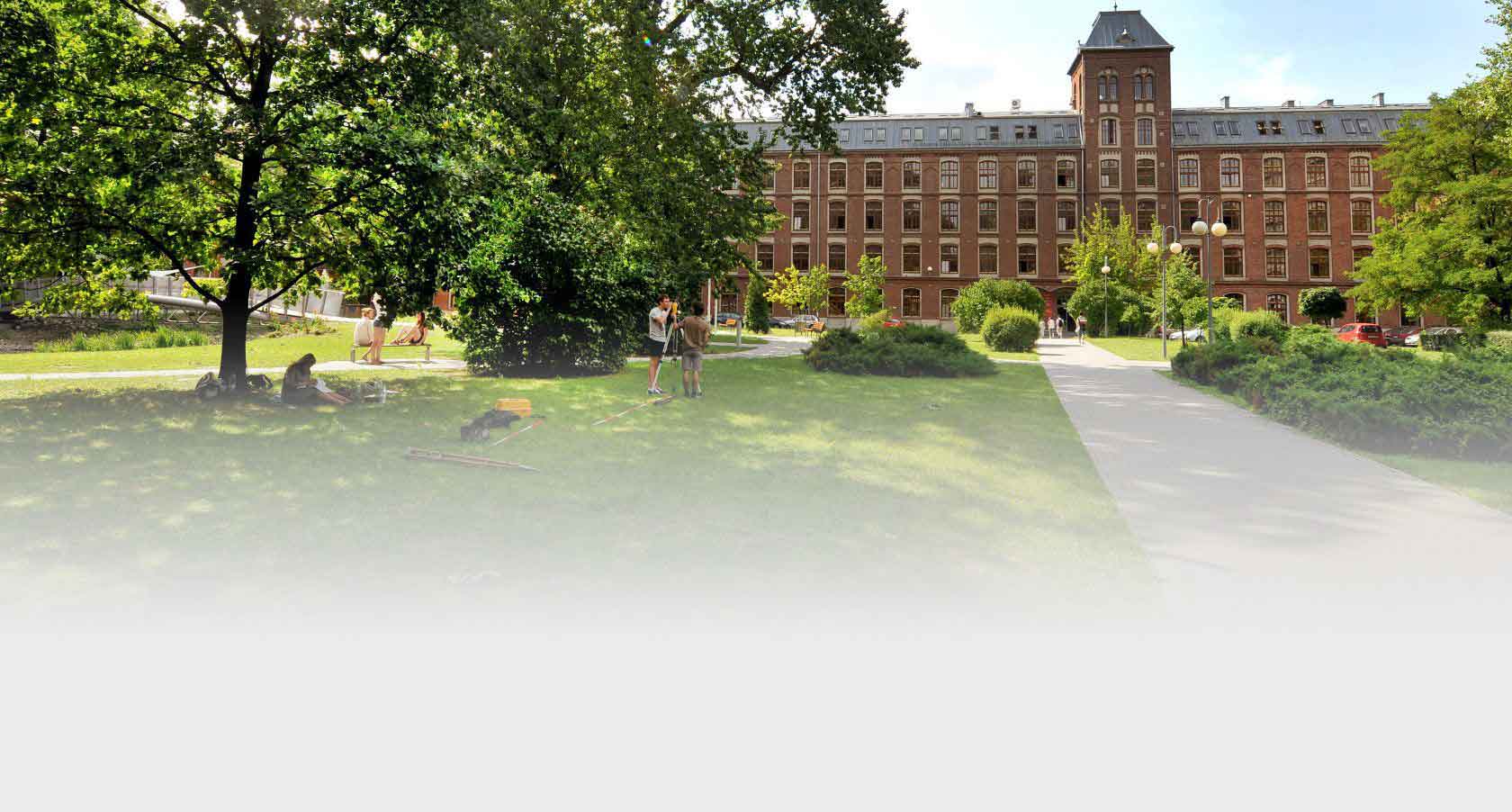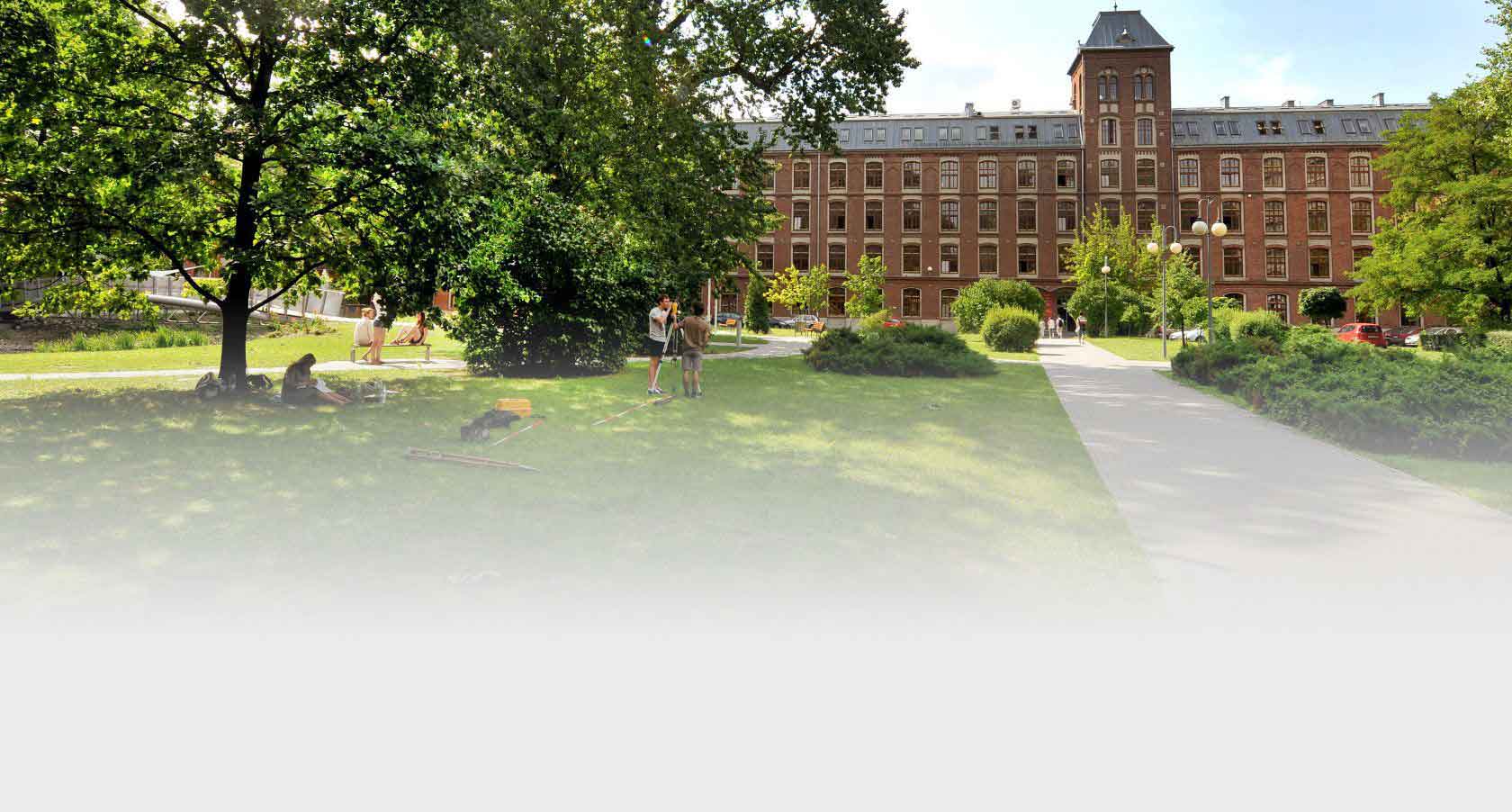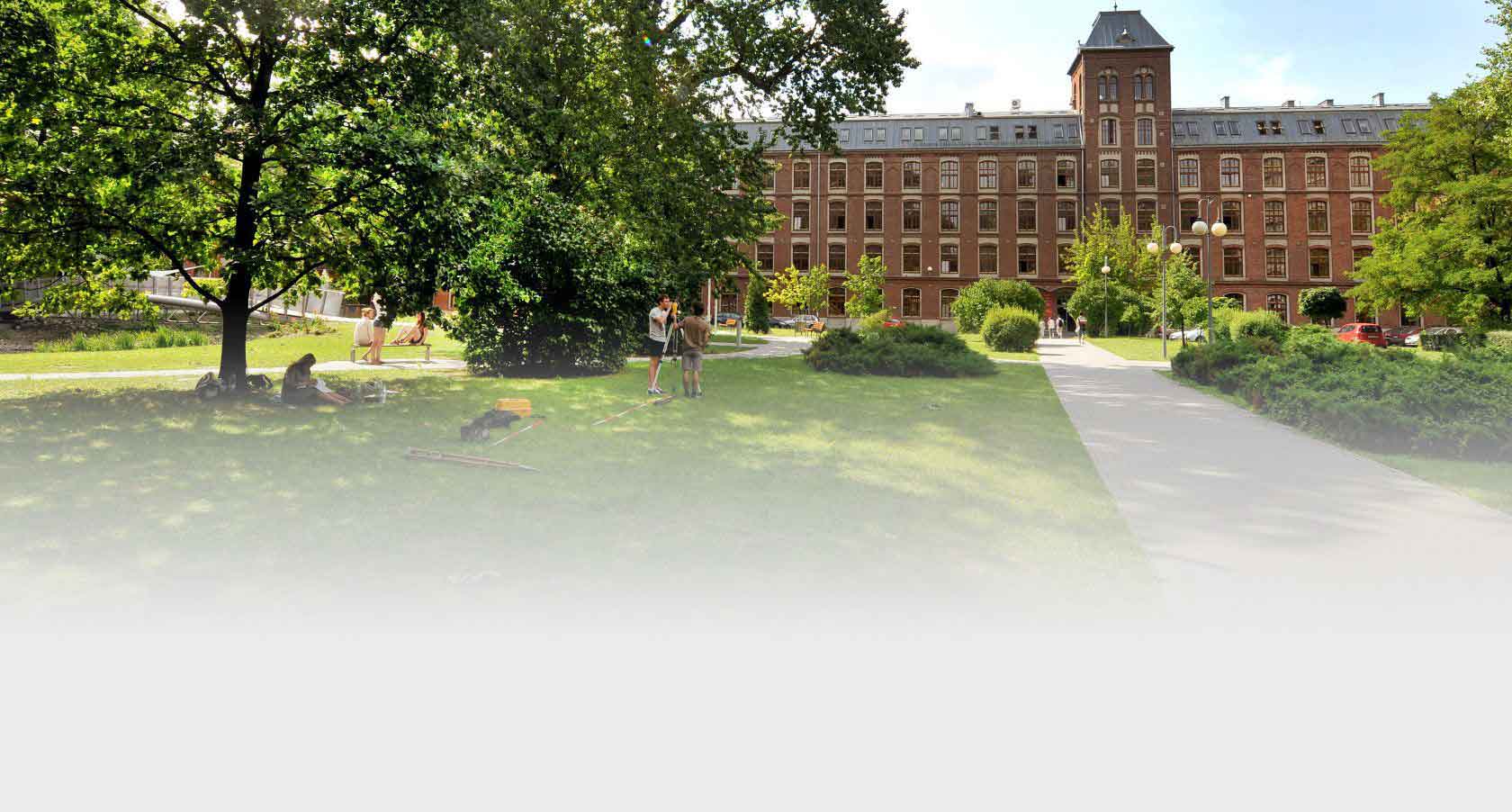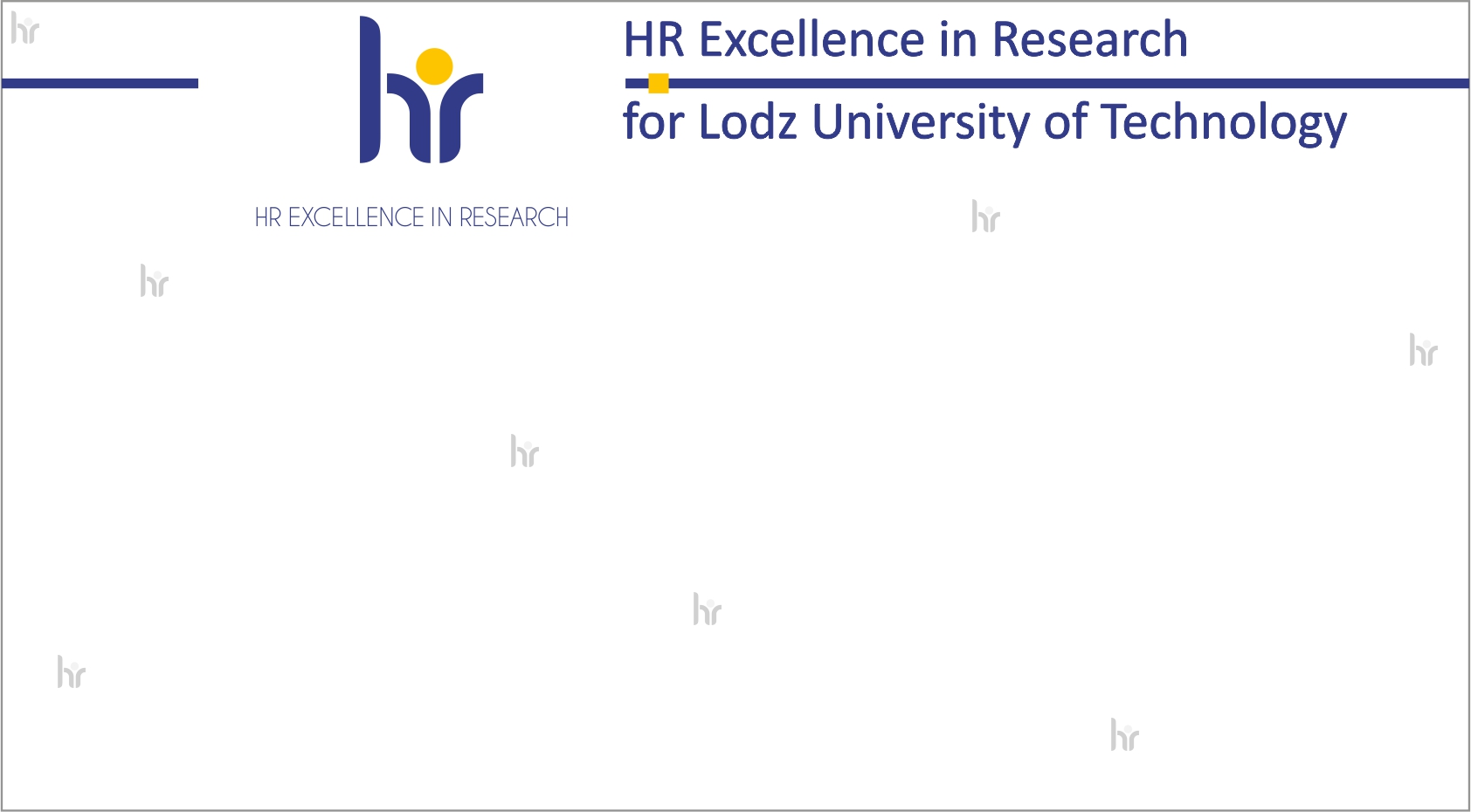









What are the threats to historical artefacts?
The main threat is the process of biodeterioration. Bio - means that various live organisms take part in the process, both microorganisms such as bacteria and fungi, but also algae, lichens, plants and even animals. Deterioration is a word derived from Latin which means degradation. Biodeterioration therefore is biological decomposition that affects all technical materials, including historical artefacts, caused by live organisms.
How can this process be prevented or inhibited?
The crucial thing is proper storage of historical objects in appropriate rooms where constant optimal parameters such as temperature, humidity and light are maintained. Depending on the type of the artefact, be it textiles, photographs or paper, different storage conditions are recommended. That is why it is so important to monitor the microclimate parameters of storage rooms where historical objects are kept. Pollution of the original environment of artefacts is not without significance either, as it is important to know their background before they are brought into the conservation lab. Moreover, organic contamination e.g. dust and soil are conducive to microbial growth.
What does your research team do?
We investigate biodeterioration of historical artefacts and technical materials, estimate the scale of their microbiological contamination, and, quite frequently, we also develop an appropriate method of disinfection which we then recommend to conservators - restorers of historical artefacts.
The research you conduct is interdisciplinary and carried out in collaboration with various partners. What is such collaboration like?
We cooperate with many Lodz, national and international research and cultural centres, which facilitates investigation of the mechanisms of the process of biodeterioration and testing of disinfection methods on real historical artefacts. Institutions which have to deal with the problem of contaminated historical artefacts and professionals who experience health problems due to handling these objects at work turn to us for assistance.
We conduct research on "book infections". What are their symptoms?
Paper books are vulnerable to many hazards. They may be subject to the so called 'petrification', dry rot (powdery decomposition), and to the phenomena called foxing which is a typical infection of books that date back to 19th century and were printed on the so called 'acidic paper'. Foxing causes rusty spots to appear on paper and the book to look as if it were spattered with paint. We are currently investigating this phenomenon at Lodz University of Technology at the microbiological laboratory of the Faculty of Biotechnology and Food Sciences and at the surface analysis laboratory of the Faculty of Chemistry headed by professor Małgorzata Szynkowska. We will try to answer the question whether it is a microbiological or perhaps a chemical phenomenon. At the chemical laboratory, an analysis of elements and compounds will be performed on the surface of the spots; the results will be then compared with intact areas. Whereas at the microbiological laboratory, we will carry out a detailed metagenomic analysis of these surfaces. Since the 1990s, extensive research has been conducted, yet the results so far obtained have not been satisfactory. We would like to discover what causes this infection. I hope to have preliminary results of our research in January.
What kinds of artefacts do you examine? Those that are already under conservation or those that have just been discovered and are to be handed over to various institutions?
Most often, we are contacted by institutions which experience problems with specific, individual objects that are in their collections. These constitute the majority, however, it happens sometimes that we also work on objects that are yet to be included in a collection. In the latter case, it is extremely important to perform and analysis to determine the possibility of microbiological contamination of the object as it could potentially endanger the entire collection. It is worth pointing out here that it is conservators', museum and archives employees' job to handle historical objects day in day out, and it is part of our job to protect them. Microorganisms that have survived and have been active for many centuries pose a threat to conservators' health as such microorganisms have entirely different characteristics from the ones encountered nowadays and may have a greater pathogenic potential.
You work with various types of artefacts: buildings, books, textiles. They cannot all can be examined in the laboratory setting.
Both the method and the site of our work depends on the type of the object. We cannot possible move an entire building, so we need to work where it is located. This is exactly what happened when we worked at the Auschwitz II - Birkenau Concentration and Extermination Memorial and Museum. We visited the site many times in order to analyze the historical buildings. The research into the biodeterioration process and recommendation of methods of its inhibition took us 3 years.
In cases like these, we need to haul a portable laboratory that includes all implements that are necessary for a microbiological analysis: sterile swabs to take samples of the material, sterile sampling bags, solvent media, nutrient broths, a hygrometer and a thermometer. We also take an air sampler in case we need to perform analysis of the air. We never go anywhere without a camera: appearances to the contrary, it is a very useful piece of equipment for microbiologists who need to document macroscopic signs of deterioration. We bring the samples collected at the site to the laboratory, which is the starting point for many weeks of research.
What is it like when you work with smaller objects?
Say, we receive a book we are asked to assess before it is included into institutional archival collections. We need about two to four weeks during which time we usually perform an quantitative analysis and we need the time to grow microorganisms in the laboratory. Next, we carry out an identification analysis and, depending on whether it is supposed to be a preliminary or a more detailed one, the required time will be shorter or longer.
Who requests your assistance?
Mostly, public institutions and conservators - restorers. We have been noticing an increasing number of requests because people have been becoming increasingly aware of the problem related to the deterioration of historical artefacts caused by microorganism and the impact that they may have on human health.
How important is your work for conservators?
We have just took part in the conference held at the Nicolaus Copernicus University in Toruń the main theme of which was broadly defined conservation. One conclusion is that the procedure of disinfection is extremely important. Poorly performed it may be counterproductive: the microorganisms remain active and may infect other objects as well as pose a threat to people handling the object. That is why the awareness of the significance and the selection of a proper disinfection method are crucial. Our work constitutes the first stage of the conservation process; it may reduce the number of microorganism and halt their growth. It is worth pointing out that once completely restored, the object ends up in a place that is not sterile and then, again, it is vulnerable to attacks. Then, prevention is of primary importance.
How to decide on a disinfection method?
There is no universal procedure and each object is decided on an individual basis. The fundamental concern is how the method will affect the matter because we do not want to do any damage or ruin the object. The first question that a conservators asks us is how the recommended method will affect the properties of the material. This is exactly the type of examination we perform. We investigate how various methods influence the colour, mechanical properties and chemical composition of the object. Sometimes, we need to work on very small samples e.g. one thread of a fabric. There materials which are extremely sensitive and it is terribly difficult to select an appropriate method of their disinfection. For example, many methods can be rejected right from the start if we deal with paper that has already been damaged. Such paper is hygroscopic, brittle, rapidly aging and easily affected by any kind of disinfection. Photographic films are very similar. It is easier to select a method for textiles. However, before we decide on any one method, we conduct extensive research because the great responsibility that rests with us.
Do you perform disinfection procedures?
That depends on the type of disinfection. We are able to perform disinfection in vapours of essential oils, e.g. clove oil and thyme oil. However, more complicated methods such as low temperature plasma, silver nanoparticles misting or gamma irradiation require specialised equipment and a proper and safe site. The chamber in which gamma irradiation with cobalt is used for disinfection is located at Lodz University of Technology at the Institute of Applied Radiation Chemistry. Lodz University of Technology also has a low temperature plasma chamber. It is located at the Faculty of Material Technology and Textile Design. All organisations that we have contacted are enthusiastic about research on and application of these methods.
How many people are involved in similar research?
In Poland, only a few organisations conduct research on biodeterioration of historical artefacts. In the opinion of many participants of the latest international conference organised by the TUL's Institute of Fermentation Technology and Microbiology, namely Biodeterioration and Protection of Cultural Heritage, Lodz University of Technology is one of the field leaders.
It is great to be a scientist because ... ?
Beata Gutarowska: We want to leave something that will make this world a better place. Natural-born discoverers are enthusiastic about interdisciplinary projects.
Katarzyna Pietrzak: Each day brings new challenges, new research ideas. We never stop learning, growing, broaden our horizons.
Katarzyna Matusiak: We can see tangible effects of our efforts when the results of our research are applied to practice.
Justyna Szulc: While we examine the past, we feel that we build it to some extent.
Anna Olszewska: We get to know the unknown. We not only broaden our horizons but also inspire others.
Justyna Adamiak: Because there is no room for monotony.
At the Institute of Fermentation Technology and Microbiology, the Faculty of Biotechnology and Food Sciences of Lodz University of Technology, the research team led by professor Beata Gutarowska includes dr inż. Anna Otlewska (application of molecular methods to biodeterioration, biomineralisation process), dr inż. Katarzyna Matusiak (disinfection of textile materials by essential oils and deodorisation of organic materials), dr inż. Justyna Szulc (microbiological contamination at the workplace and low temperature plasma disinfection), mgr inż. Katarzyna Pietrzak (disinfection of historical artefacts by silver nanoparticle misting), mgr inż. Justyna Adamiak (halophiles - a unique group of microorganisms that thrive in environments with high concentrations of salt).